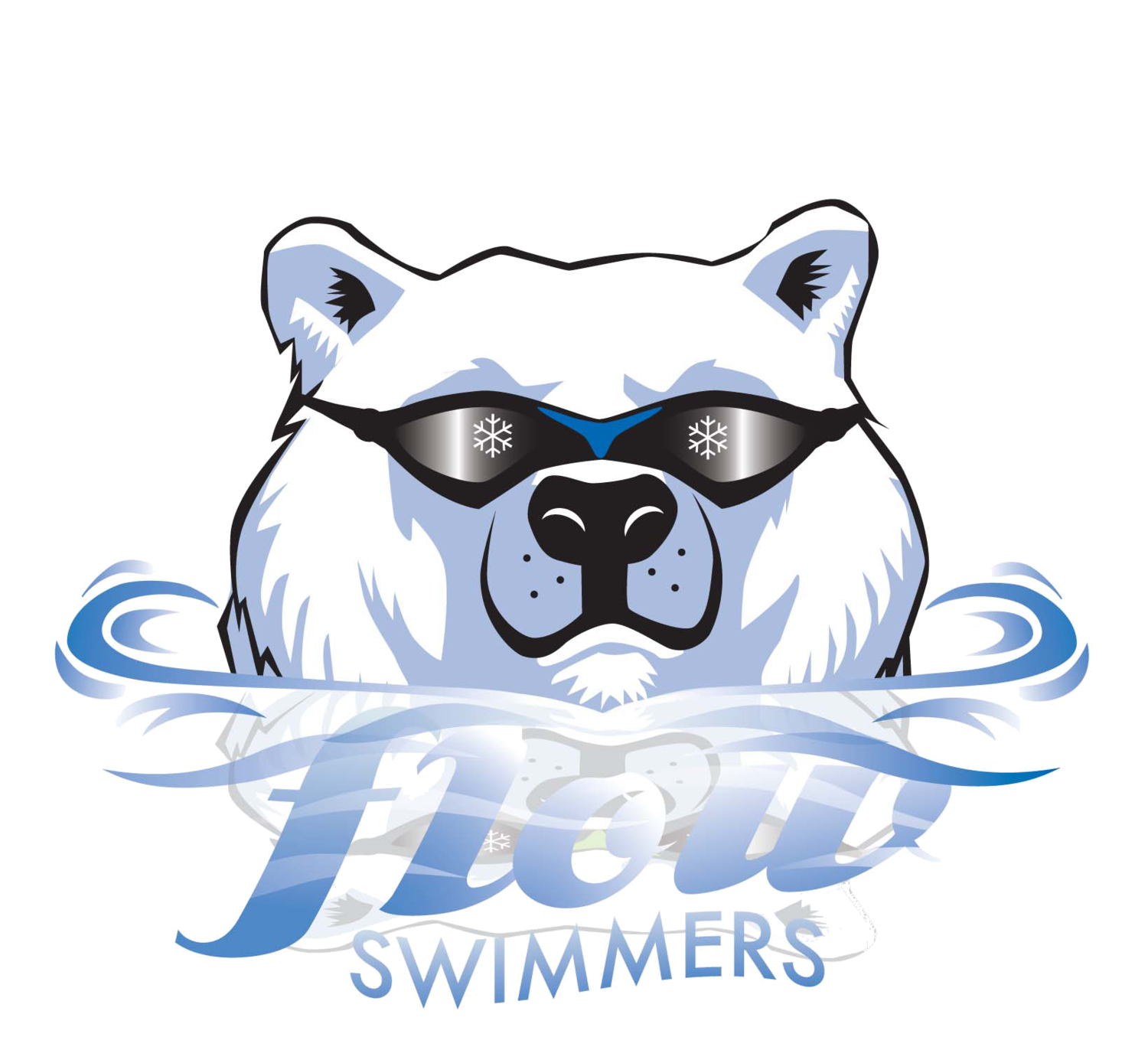Navigating in Open Water: The Transition from Pool Precision to Open Water Freedom
Long distance swimming in a 25-yard, short course pool often feels like a test of willpower, with each length presenting a tempting opportunity to call it quits. "Let's go get Mexican food," becomes not just a casual suggestion but a siren call during our training sessions, tempting us to abandon our rigorous routine for the promise of immediate gratification.
Conversely, my passion for open water training sessions knows no bounds. Despite the initial shock of cold water, the moment I'm submerged, my commitment solidifies. In the vast openness, the absence of "walls" or endpoints strips away the temptation for early exits, leaving no room for thoughts of Mexican food until the training is rightfully done.
As the seasons change, so does the landscape of our swimming routines. Moving from the disciplined, stroke-focused sessions of winter pool training to the expansive freedom of open water swimming in the summer requires not just a physical adjustment but a mental and strategic one as well. For those of us who revel in the challenge of open water swimming, this transition, while eagerly anticipated, comes with its unique set of considerations. Let's dive into how to seamlessly shift gears, drawing from personal experience and a dedication to the sport that spans both the chlorinated confines of the pool and the boundless embrace of the open water.
Understanding the Transition
Training in the pool during the winter months offers the opportunity to refine technique across different strokes and focus on sprinting efficiency. This dedicated time allows for targeted improvements, utilizing a variety of equipment to enhance strength, technique, and endurance. However, as the ice thaws and the allure of open water beckons, the training focus shifts dramatically towards freestyle and mastering distances that stretch from 1500M to the daunting 30KM. This transition period, while exciting, requires a strategic approach to ensure a smooth adaptation to the changing conditions.
Bondi Pool and Beach in Australia where the pool meets the sea!
Preparing for the Shift
Gradual Transition: The key to a successful transition is not to rush it. Even as Flathead Lake warms up, maintaining a balance between pool and open water swims allows the body to gradually adapt to the differences in temperature, buoyancy, and pacing.
Visualize to Actualize: While still bound to the pool, use visualization techniques to prepare for open water races. Imagine navigating the vastness of Flathead Lake, focusing on your stroke rhythm and breathing pattern as if you were already there. This mental preparation bridges the gap between pool precision and the unpredictability of open water.
Embrace the Equipment-Free Approach: Transitioning to open water means leaving behind the comfort of fins, pull buoys, and paddles. This shift emphasizes the importance of raw technique and strength built over the winter months. Keep training sessions in the pool toy-free as the season progresses to mimic open water conditions.
Safety First: Although swimming alone in open water is not recommended, using a tow float for visibility is a wise precaution. For those who prefer solitude, ensure you're swimming in protected areas. When with a group, establish clear routes and regroup points to accommodate varying fitness levels.
Training Tactics for Open Water
Acclimatization: Continue cold water dips throughout the winter to ease the shock of lower temperatures. This practice not only prepares the body physically but also builds mental resilience against the initial discomfort of colder swims.
Group Dynamics: Navigating group swims in open water can be challenging. Communicate clearly about goals, distances, and expected pace to ensure everyone remains safe and can enjoy the session to their fullest.
Commitment Over Convenience: Open water swimming demands a level of commitment that pool swimming does not. Embrace this challenge as part of the allure. The decision to keep going, stroke after stroke, without the temptation of a pool edge, builds endurance and mental fortitude.
Looking Ahead
The anticipation for open water swimming fuels the winter months of disciplined pool training. The joy of finally diving into the vastness of a lake, with all the freedom and challenges it presents, is a reward for the months of preparation. Transitioning between these two worlds of swimming is not just about changing where we swim but also how we approach our training, our safety, and our mindset. As we look forward to the summer months, let's carry with us the precision honed in the pool and the adventurous spirit of open water swimming, ready to tackle whatever distances lie ahead with enthusiasm and preparedness.
Whether you're a seasoned open water swimmer or preparing to embark on your first open water adventure, remember that the journey from pool to lake is as much about embracing the process as it is about the final destination. Here's to smooth transitions, challenging swims, and the unbridled joy of open water exploration.
GEAR UP FOR OPEN WATER
The transition to open water swimming calls for a gear shift to match the unique challenges of the natural environment. Whether braving colder temperatures or navigating changing light conditions, the right equipment is crucial. Wetsuits and thermal swim gear become essential for comfort and endurance, while a variety of goggle styles and lens colors ensure clear vision through sun glare, overcast skies, or even under the moonlight. Post-swim, wrapping up in a warm parka, like a specially designed changing robe, can make all the difference in recovery.
At Flow Swimmers, we understand the importance of quality gear, which is why we've partnered with leading brands to outfit our swimmers from head to toe. From TheMagic5's custom swim goggles tailored to your exact fit, to DryRobe USA's open water parkas, Blue 70's superior wetsuits and thermal gear, and Swimoutlet.com's extensive range of swim essentials, we've got you covered for every open water challenge. Check out our GEAR page for our current progams and feel free to reach out to me with questions or to learn of our latest deals!







